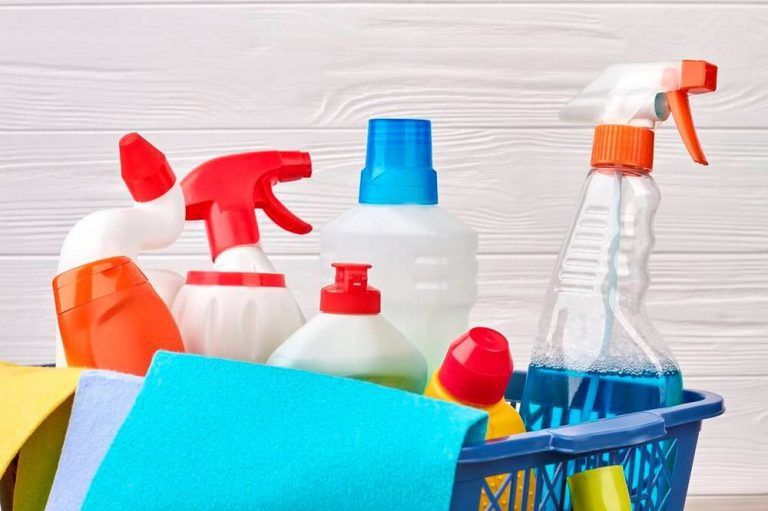
Cleaning your sink, kitchen countertops, and bathroom can be a chore, but with these helpful tips, it can be made easier. Iron stains on clothes can make them appear dirty and dull, but to remove them, place the affected garment in a sink filled with cold water and add a small amount of laundry detergent.
Scrub the stain with an old toothbrush, then rinse thoroughly. For fresh-smelling clothes, place old newspapers in your drawers and wardrobe to absorb any odors and leave your clothes smelling as good as new.
1. Toothpaste can be used to eliminate crayon marks

If you find crayon marks on your walls, floors, or even on your child’s face, don’t worry! Instead of spending money on expensive cleaners or scrubbing for hours, try using toothpaste. Apply a small amount of toothpaste to the crayon marks and rub gently.
After a few minutes, rinse it off and wipe clean with water. You’ll be amazed at how easily the crayon marks come off! So the next time you come across a crayon stain, remember this simple trick and save yourself time and money.
2. Rubbing alcohol to get gum out of hair

If your children are anything like mine, they will inevitably get gum stuck in their hair at some point. It’s a frustrating situation to be in, as you slowly pull at the tangled strands. However, before you panic and reach for the scissors, try using rubbing alcohol.
Simply pour some rubbing alcohol into a spray bottle and spritz it onto the gum. Let it sit for a few minutes, and then use a toothpick or pair of tweezers to gently pick out the dissolved gum. This trick should make the process much easier and less damaging to your child’s hair.
3. Shower doors can be cleaned effectively using a combination of dish soap and vinegar
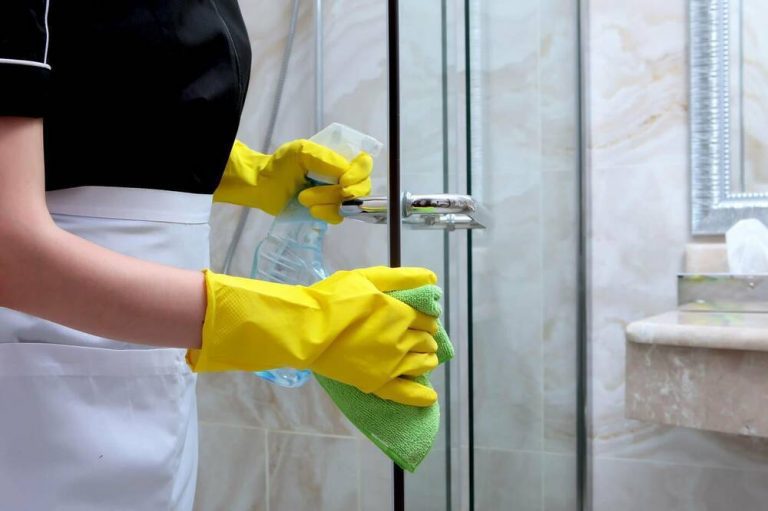
Instead of using pricey glass cleaner for your shower doors, try cleaning them with dish soap and vinegar. Mix one tablespoon of vinegar with one cup of water and apply the solution onto the shower door using a spray bottle.
After that, sprinkle some dish soap on it and let it sit for around five minutes before wiping it off with paper towels. The vinegar in the solution will help prevent the paper towels from breaking apart while wiping.
4. A dryer sheet will get rid of static
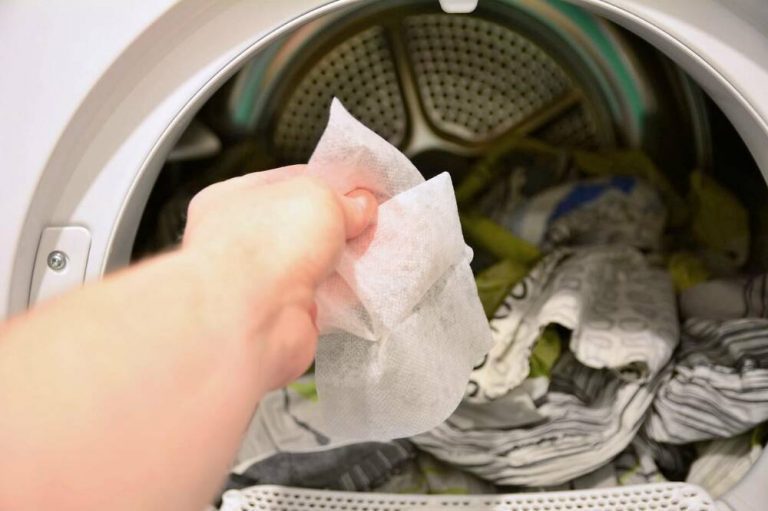
Do you find the static cling on your clothes after drying them annoying? You can get rid of it by rubbing a dryer sheet inside the dryer. Run the dryer with the sheet for about five minutes, and the static will disappear like magic.
But that’s not all dryer sheets can do! Rubbing them on your hairbrushes and combs can help eliminate static buildup and make them look new again. So why not try out these cool tricks and see for yourself how effective they can be?
5. To remove stains from glass, try using rubbing alcohol
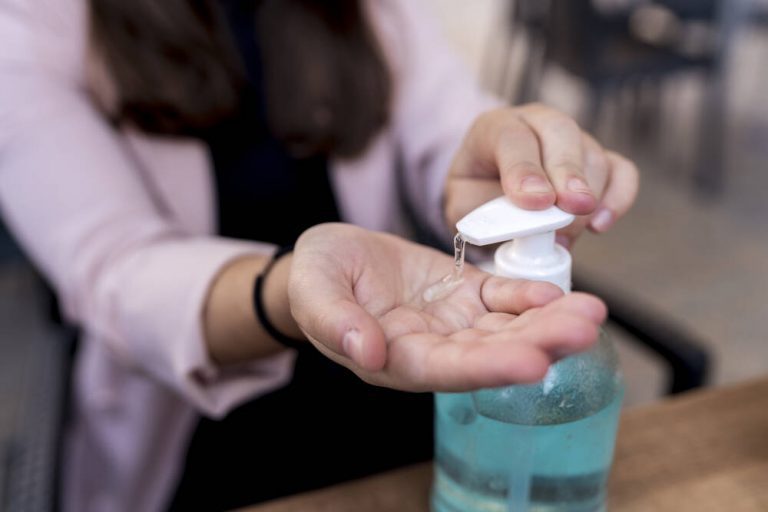
Cooking can easily stain or make dinner plates look grimy. Luckily, there’s an easy way to remove stains using rubbing alcohol. Simply pour a small amount onto the stained area, gently rub, and then wipe away with a damp paper towel.
For better results, dampen the paper towel with water to help the rubbing alcohol adhere to it. Stains can be quite frustrating, but now you have a simple trick up your sleeve to get rid of them!
6. Bleach to clean silver

To avoid the dull appearance of silver, use bleach to clean it. If the silver is tarnished or has chips, clean it with bleach, then polish it as usual.
This will give it a new look and better protection against future tarnishing. However, be cautious while using bleach as it can be harmful and should only be handled with gloves.
7. Shaving cream as a hair conditioner
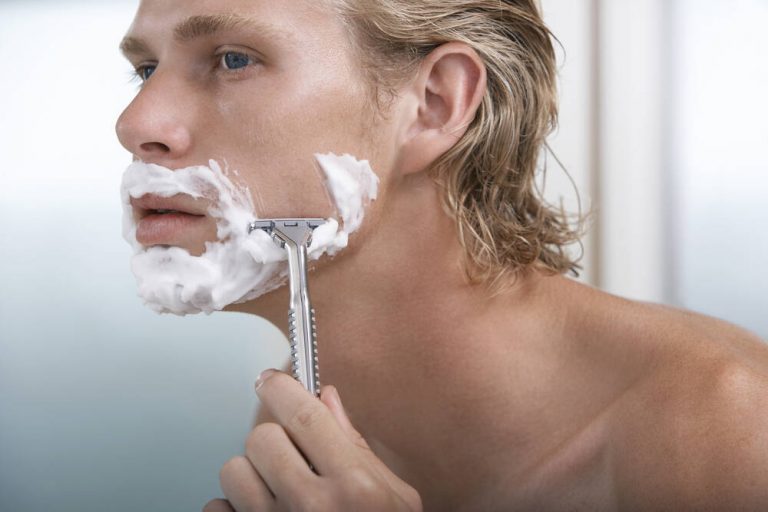
Did you know that shaving foam can double up as a conditioner for your hair? Applying a small amount of shaving foam to your hair can help to soften it, making it easier to brush and style after shaving. And the best part? It leaves your hair smelling fresh and clean!
But if you’re not a fan of using shaving foam on your hair, you can always opt for conventional hair conditioner. Conditioner is specifically formulated for hair care and has additional benefits that shaving foam may not provide.
8. Using scented dryer sheets while traveling can help prevent mildew
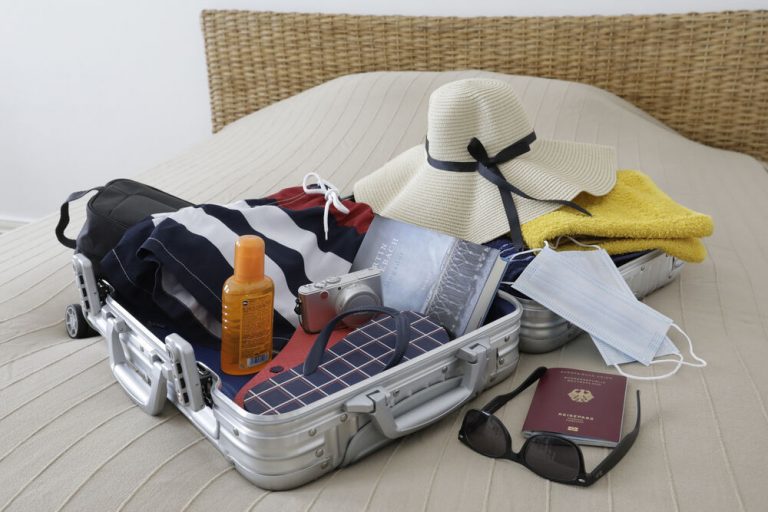
When packing for a trip, remember to bring along scented dryer sheets for your clothes. These sheets work by absorbing the moisture in the air within your luggage, preventing mildew from developing in your bag or suitcase.
Not only will your luggage remain fresh-smelling, but the sheets also help to prevent wrinkles from forming on your clothes. This is a handy tip for all family members to use, ensuring their clothes remain well-maintained and smelling great throughout their travels.
9. If you smell something bad, rub chalk on the back of your hand

If you can’t quite place where something smells terrible but it’s putting a damper on your day, try rubbing a piece of white chalk on the back of your hand.
If you’ve got a gas leak in your house, the chalk will turn black when it touches the gas. Not only will you know where to look for leaks, but you’ll also be able to tell if they’re getting any worse.
10. Allow potato chips to air dry before cooking

If you’re frying chips on the stove, they can easily burn if there isn’t enough space for them to cook evenly. To prevent this, try air-drying the chips before cooking them.
This will help them stay crispy and crunchy until they’re ready to be eaten. You can also let them air-dry for a few hours before serving to give them time to settle and be at their best for consumption.
11. To remove crayons from walls, apply lotion
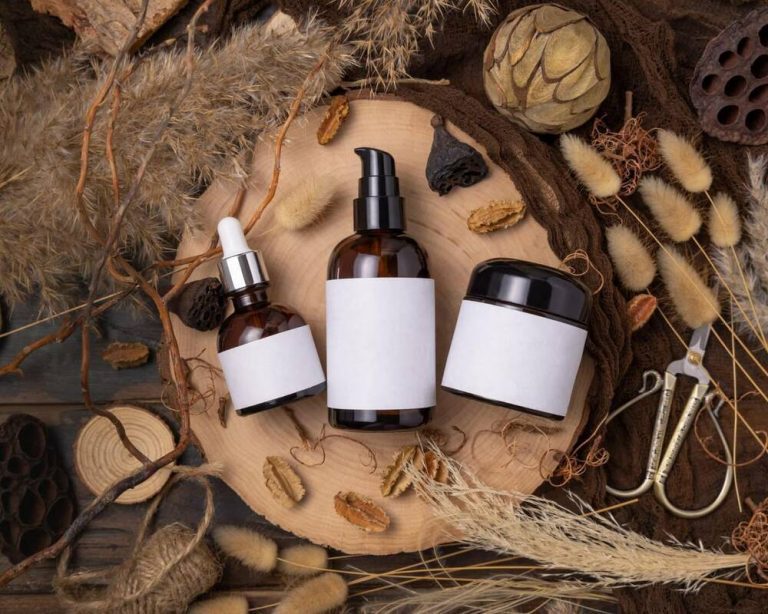
If you find yourself dealing with crayon marks on your walls after a playful fight with your little ones, don’t fret! You can use lotion to help remove them. Apply a small amount of lotion onto the marks and let it sit for about ten minutes before wiping it off with a paper towel.
If the marks are stubborn, repeat the process until they are completely gone. You’ll be able to remove the crayon marks without causing any damage to your walls.
12. Unstuck zipper on clothes

To fix zippers that won’t close, apply a small amount of toothpaste on them before closing the zipper. Leave the toothpaste on overnight so it’s ready to go in the morning, and it will also help prevent future sticking.
This simple trick will save you the frustration of dealing with stubborn zippers, and it’s easy to do. So, the next time your zipper misbehaves, remember this tip and give it a try.
13. Use a dryer ball in the dryer to freshen up clothes
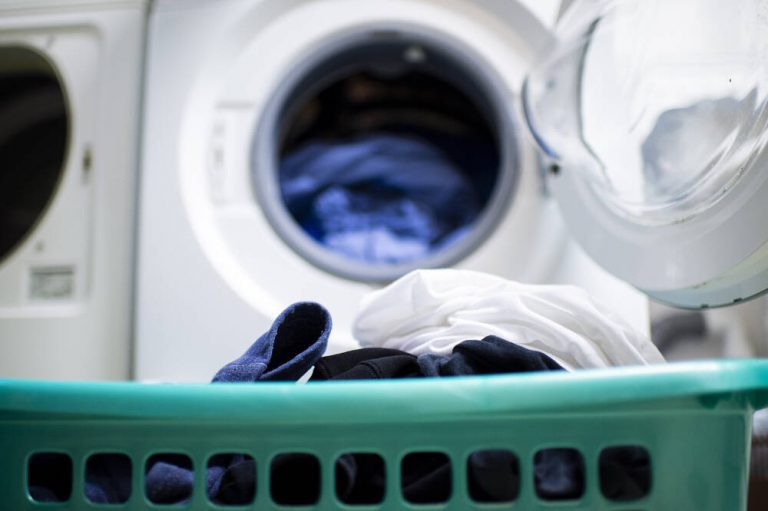
To maintain a long-lasting fresh scent on your clothes, use a dryer ball instead of a dryer sheet. Add a few drops of your preferred essential oil onto the ball and put it in the dryer.
You can use the dryer ball for any laundry load you have. Aside from making your clothes smell amazing, the ball also helps to loosen them up for an effective dry.
14. Hair spray can be used as a treatment to prevent stains
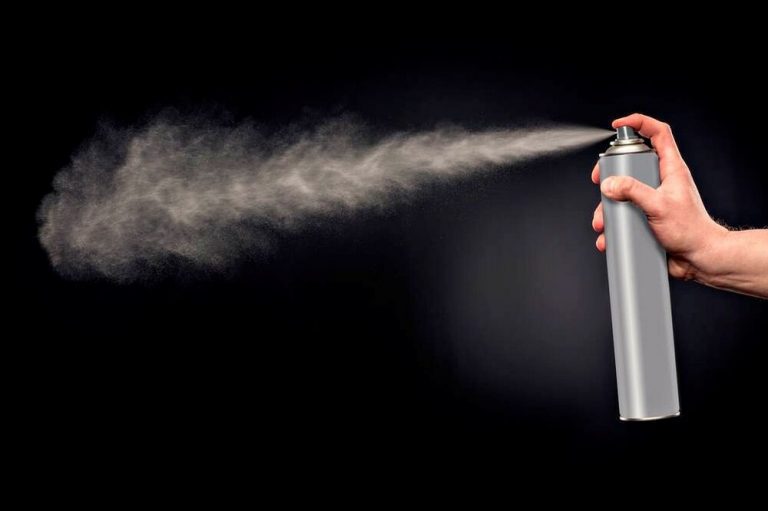
To remove tough stains from your clothes caused by cooking or eating, consider using hairspray. Simply spray it directly on the stain and let it sit for about ten minutes before rinsing with water.
This quick trick should make the stain disappear immediately. Moreover, you can use this hack on other hard-to-clean stains. So next time you have an unsightly stain on your clothes, remember this trick and give it a try.
15. Use doctor’s tape to seal zippers
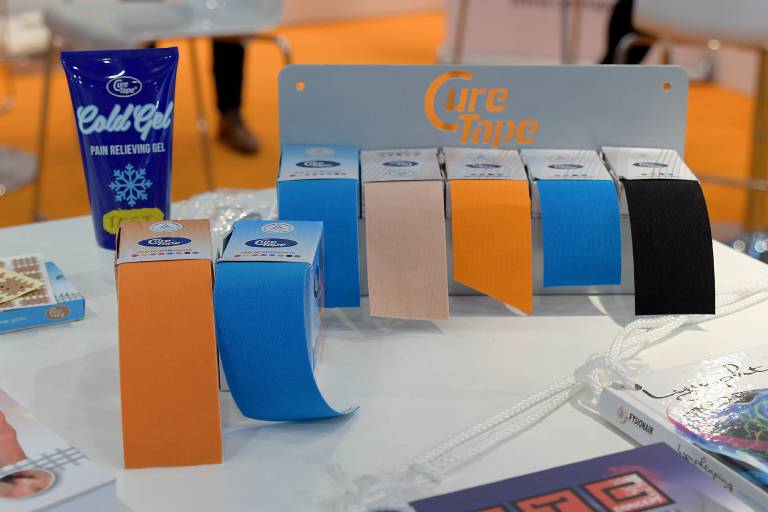
If you’re struggling with a stuck zipper, you can use medical tape to fix the problem. Simply place the sticky side of the tape onto the teeth of the zipper and slide it across the top.
This should catch the teeth and free them from being stuck. This hack can be applied to any zipper, whether on a jacket, purse, or backpack. It’s a simple solution for a frustrating problem.
16. Use wax paper in the fridge to keep fruits from freezing

To prevent a stack of fruit in the fridge from freezing into a solid block, try using wax paper at the bottom of the stack. The wax paper will help to regulate the temperature and prevent the fruit from freezing together. This trick can save you time when you want to grab a piece of fruit for a snack or lunch later.
Wax paper is a type of paper that is made without wood and is typically coated with a layer of wax, kerosene, or ceresin. It is often used for foods with a strong odor or to prevent them from drying out.
17. Scrubbing bubbles can be an effective cleaner for cars

To clean hard-to-reach spots in your car, spray some scrubbing bubbles onto a paper towel and use it to wipe down the entire vehicle. For stubborn spots, add more bubbles to the wet paper towel for better results.
This trick can also be used on other things. Simply mix some bubbles with a few drops of water, apply to the area you need to clean, and wipe away when finished.
18. Clean hamster cage in the kitchen sink
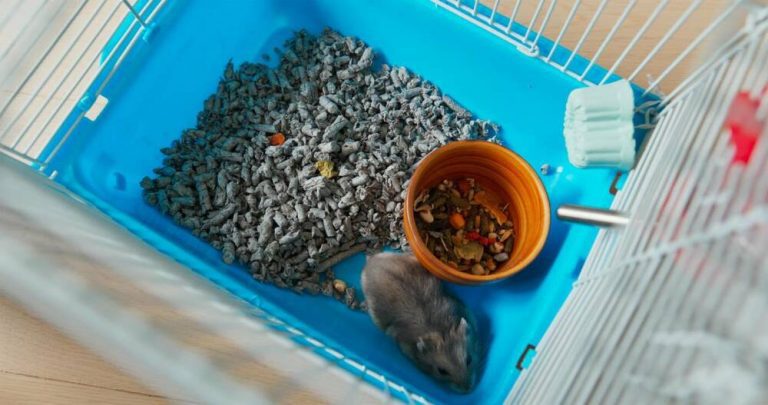
To maintain a clean and healthy living space for your pet hamster, it is crucial to clean its cage regularly. One easy way to do this is by using the hose attachment of a kitchen dishwasher to rinse it down.
For tougher stains, you can use a sponge with some dish soap to scrub the cage clean. This will help prevent the growth of harmful bacteria and mold, keeping your hamster healthy and happy. Additionally, keeping the cage clean will prevent your hamster from getting trapped in any leftover food particles or debris.
19. Removing cooked food stains on your shirt
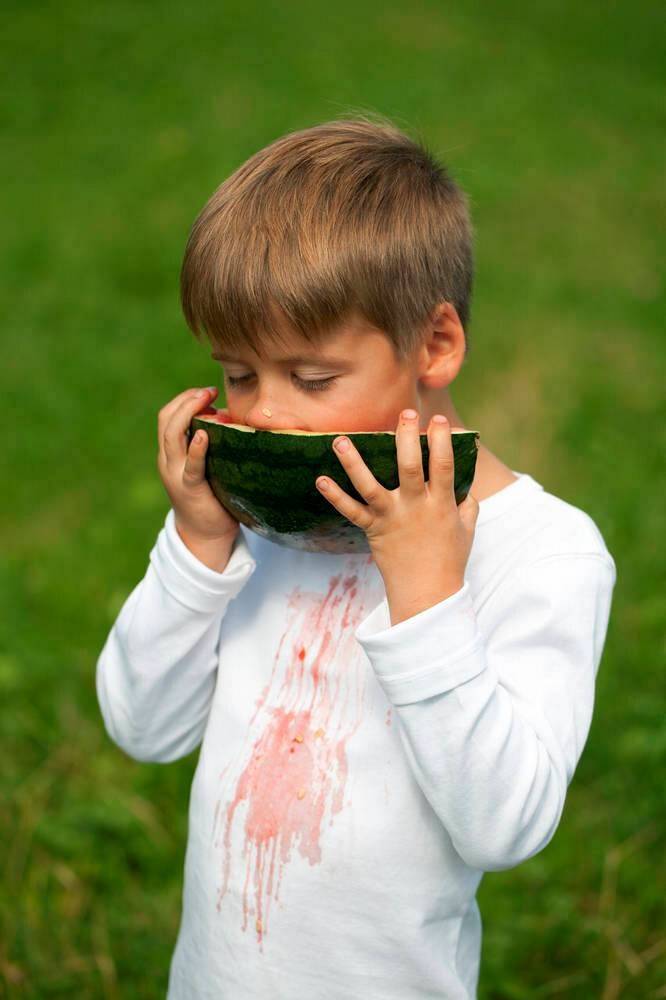
If you have a stubborn stain on your shirt that won’t come off with a cloth or paper towel, rubbing alcohol can do the trick. Rubbing alcohol can dissolve the baking soda and make the stain easier to remove.
Furthermore, it can also help prevent future stains from setting in. Simply apply a small amount of rubbing alcohol to the stain and watch it disappear. This method works for a variety of stains, including those from eggs.
20. Baby powder can help to maintain fresh-smelling feet

If you are dealing with smelly shoes that make your feet stink, a simple solution is to sprinkle some baby powder onto your socks before wearing your shoes. This is especially useful during the hot summer months.
The baby powder helps to absorb moisture and prevent bad odors from developing in your shoes. Additionally, it will help keep your feet dry and fresh throughout the day. No more stinky feet when you remove your shoes! By using this trick regularly, you can prevent foot odor from becoming a recurring problem.
21. Preventing ice buildup with dryer sheets
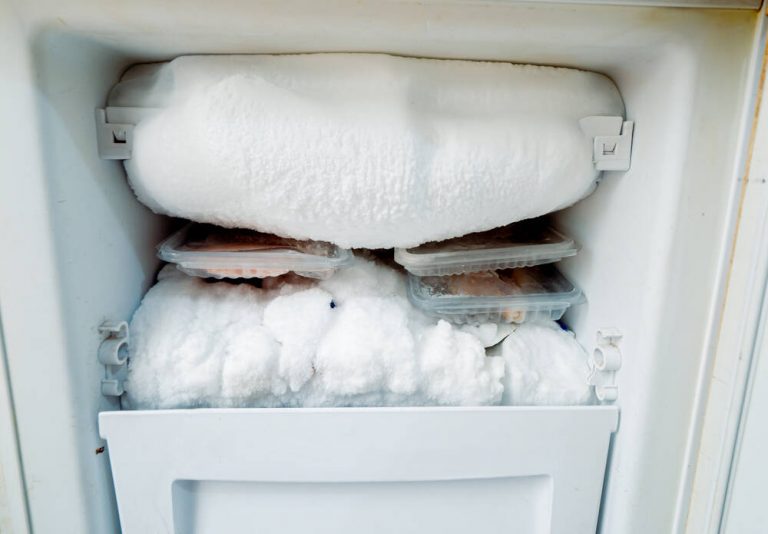
To avoid your ice trays from freezing together, simply drop a dryer sheet into each compartment before freezing. This will prevent the ice from sticking and make it easy to remove.
In addition, it helps to keep your ice cube trays clean and free from any unpleasant odors. The dryer sheet also helps to maintain the temperature and quality of your ice cubes, making them last longer. No more struggling with frozen trays or having to replace them frequently.
22. Use pound cake to help you unstick your cast iron skillet
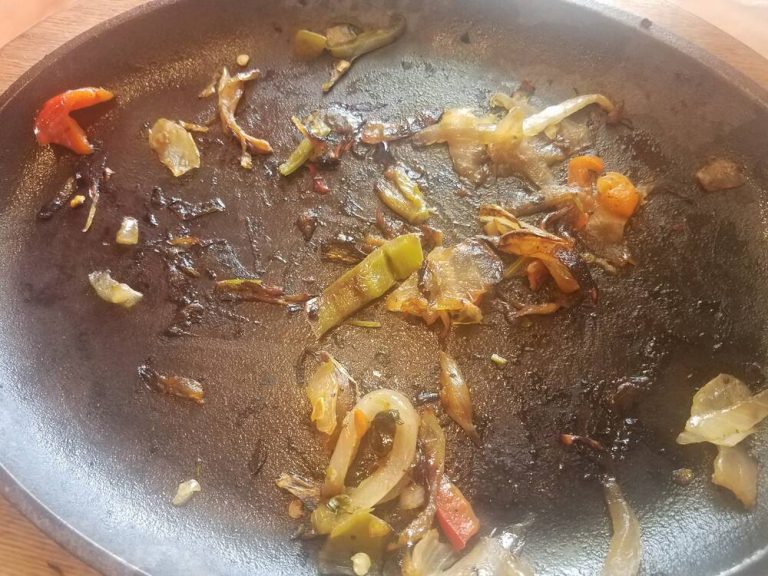
If you’re in a hurry and your cast iron skillet is sticking, don’t worry, there’s a quick fix! Grab a slice of pound cake and place it in the pan. The oil on the surface of the pan will be softened by the cake and the stickiness should go away.
If you don’t have pound cake, a paper towel or rag can be used instead. While it’s important to season your pan after every use, this trick can be helpful in a pinch for removing any bits that are still stuck on the surface.
23. Clean your toilet with eggshells
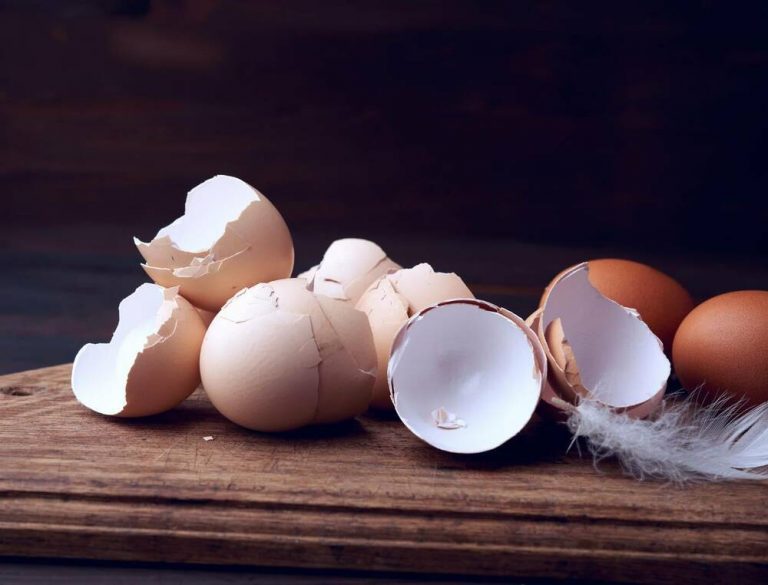
To remove toilet bowl stains, try dropping an eggshell with some water into the bowl for a super-powered cleaning experience. This trick can help you scrub away stubborn stains much more efficiently than regular cleaning methods.
Furthermore, it can help prevent unsightly rings from forming in your toilet bowl if you forget to clean it after each use.
24. Use salt to get out stains on stone walls or floors
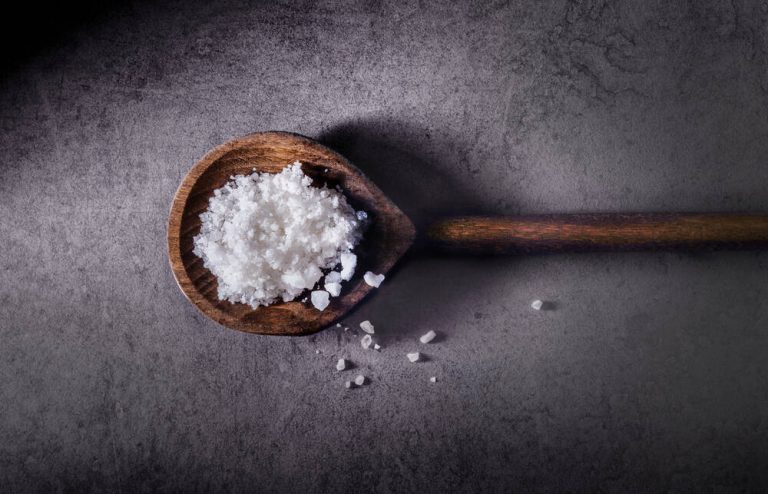
If you’re struggling to remove a stubborn stain from your stone floor or wall, consider sprinkling salt on it and letting it sit overnight.
The salt should absorb some of the oil in the stain, making it easier to remove the next day. Afterward, rinse the area thoroughly. This trick can help your stone surfaces last for years to come.
25. Prevent floor stains using corn starch

If you are struggling to remove a stubborn stain from your floor, try using a mixture of corn starch and water to absorb the oil and keep the area clean. This should help maintain the appearance of your floors by preventing future stains from developing.
For bigger stains, the corn starch mixture should be effective in absorbing most of it. It also serves as a protective barrier against future spills. By using this method to clean up oil spills, you can prevent them from seeping into your floors and causing permanent damage.
26. You can use toothbrush bristles to get rid of sap from plants

If you have sap stuck on a plant outside for too long, use a toothbrush with water to gently scrub off the sap. You should be able to remove it without damaging your plant.
This will help your plant stay healthy and free of sap. The same technique can be used to remove sap from trees or plants indoors. Simply dip your toothbrush in water and gently scrub away any excess sap.
27. Use a paper bag to clean paintbrushes
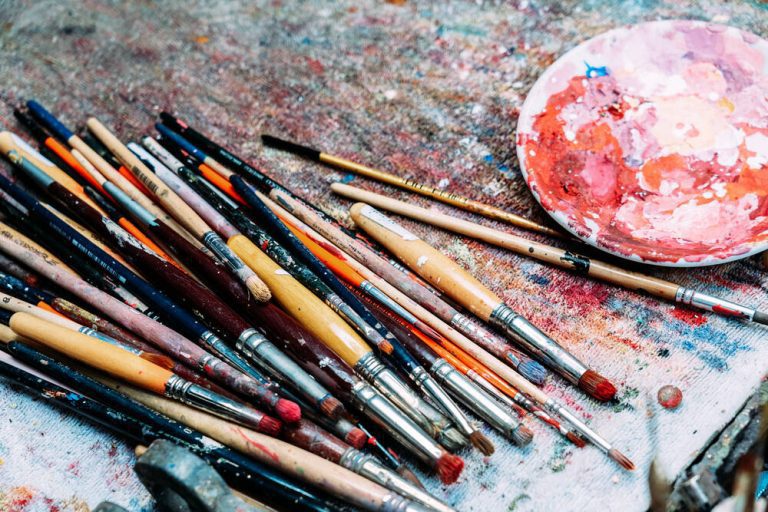
Cleaning your paintbrushes properly is important to ensure their longevity and effectiveness. Instead of throwing them away or using a random bag, try this simple method: fill a container with a mixture of warm water and mild soap, and soak your paintbrushes for a few minutes.
Then, use a clean paper bag to gently blot and squeeze out any excess paint and soap from the bristles. Repeat this process until the water runs clear, and then let your brushes air dry. This technique is gentle yet effective, and will keep your paintbrushes in great condition for your next art project!
28. Use a little bit of dirt to help scrub away rust
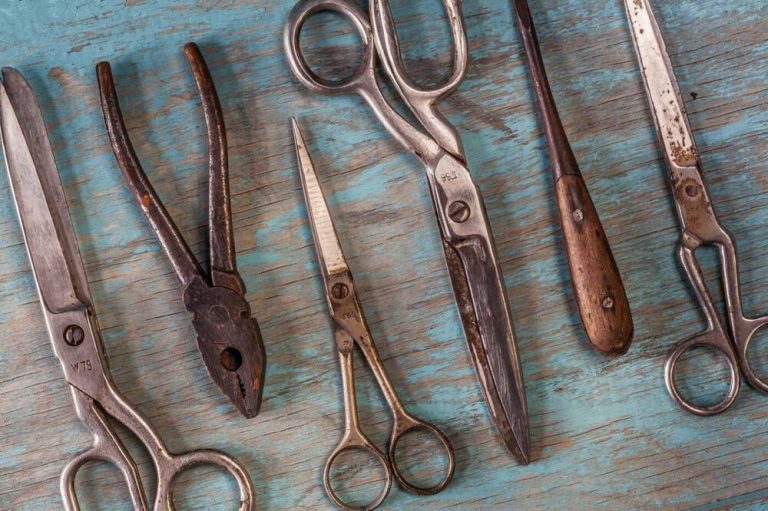
If you’re short on time and need to remove rust from your tools or furniture, try rubbing some dirt onto the affected area with a paper towel. The dirt will act as a mild abrasive and help grind away the rust, leaving your tool or furniture looking much better.
This technique is effective on all types of metal and is a simple, easy way to remove rust without needing specialized equipment or cleaners. You can even use this trick to remove rust from your dentures!
29. Clean glasses that are smudged with toothpaste
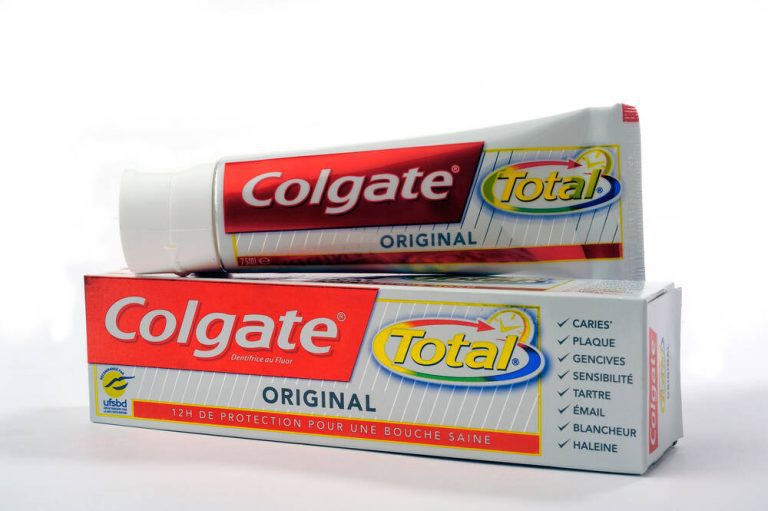
If your glasses are smudged and you want to clean them up, consider using toothpaste. Simply dab a small amount of toothpaste on the lenses and rub gently. This should help remove the smudges and leave your glasses looking like new.
If toothpaste doesn’t work, there are other options to try. You can use olive oil or clean them in the dishwasher. Alternatively, a microfiber cloth or ammonia solution can also help clean them up. There are several methods for cleaning smudged glasses, so don’t hesitate to try different options until you find what works best for you!
30. Use a rubber band to remove food bits stuck on a pot
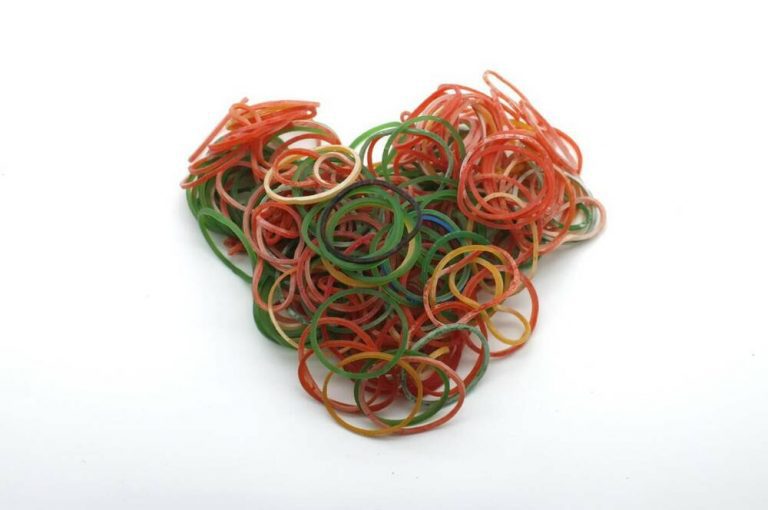
To remove food bits stuck to the bottom of your pan, place a rubber band around the rim and let it sit for a week. This will help soak up any oil or debris and loosen the food bits.
Once you remove the rubber band, the pan should be much easier to clean. This trick is a simple yet effective way to keep your pans clean and maintain their longevity. The rubber band will absorb the debris and prevent it from sticking to the bottom, making clean-up a breeze.
31. Put butter in your oven to help keep it clean
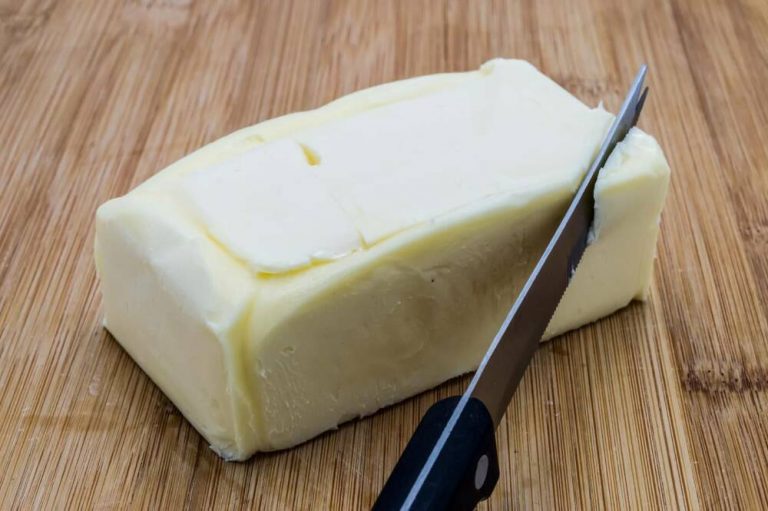
To help maintain a clean oven, consider applying butter onto your oven racks before cooking. This simple trick can prevent oil and fat from sticking onto your oven and causing a mess.
This technique has been a kitchen hack for years and is still effective today. If you don’t have butter, you can also use cooking spray as an alternative to keep your pans and oven clean.
32. Get rid of moldy-smelling areas with hydrogen peroxide
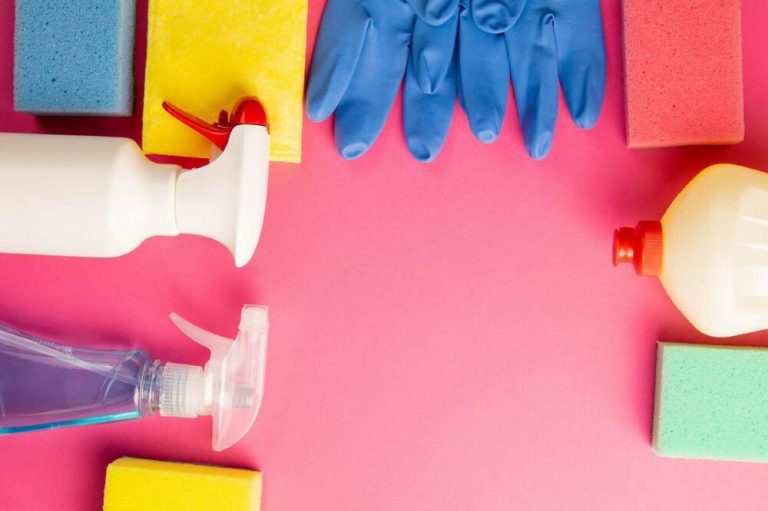
To get rid of the mildew smell from sponges, washcloths, or brushes, you can try soaking them in hydrogen peroxide for a few hours. This powerful cleaning agent should penetrate any mold and eliminate the unpleasant odor.
In addition to cleaning these household items, you can also use hydrogen peroxide to remove stains from your carpet after a rainy day when you don’t have enough time to dry it. This versatile solution is a staple in most households and can help you tackle a variety of common problems! Not only will it remove the smell, but it will also leave your cleaning tools smelling fresh and clean.
33. Repurpose your old shower curtain to protect your furniture from dust
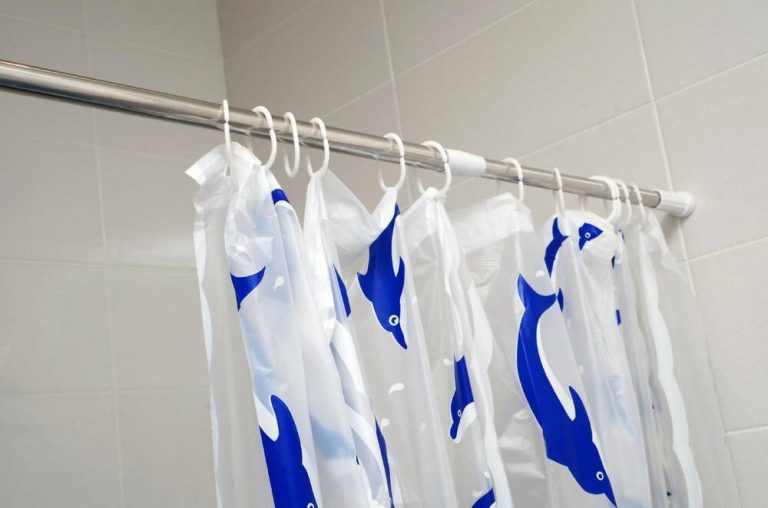
If you want to use your vacuum cleaner in a room that’s already dust-free, try inserting an old shower curtain into the end of the hose. This simple trick will prevent any dust particles from getting inside the hose and make your vacuum cleaner appear as good as new.
By blocking out dirt and dust from getting inside the hose, this trick is an effective way to prolong the life of your vacuum cleaner. You can also use this technique with a vacuum cleaner bag to help maintain a dust-free home. So, give it a try during your next cleaning session!
34. Use glue to keep bottle caps from rusting inside
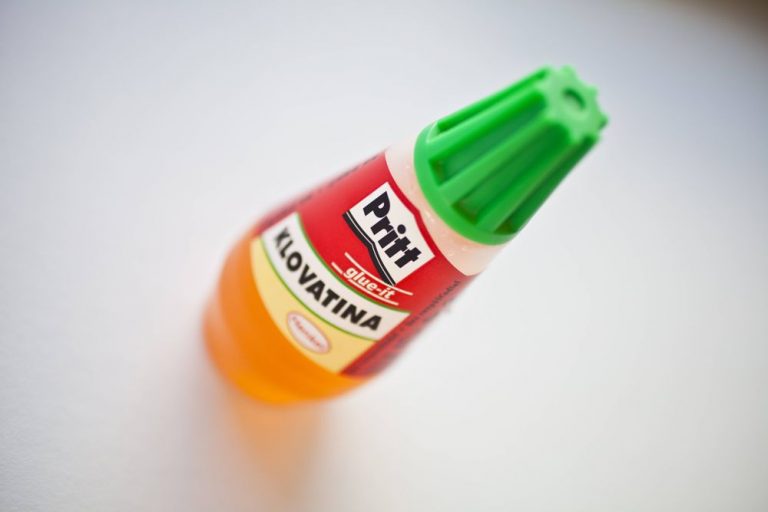
If you want to prevent your bottle caps from rusting in the refrigerator, consider applying a small amount of glue to them before storing them. The glue will seep into the caps and prevent them from deteriorating.
This is an easy and effective solution for maintaining your refrigerator and ensuring that your bottle caps are always in good condition when you need them. Additionally, this method can help to secure the caps in place and prevent them from becoming loose. It can also be used for other metal items to prevent rusting.
35. Cover wall holes with duct tape
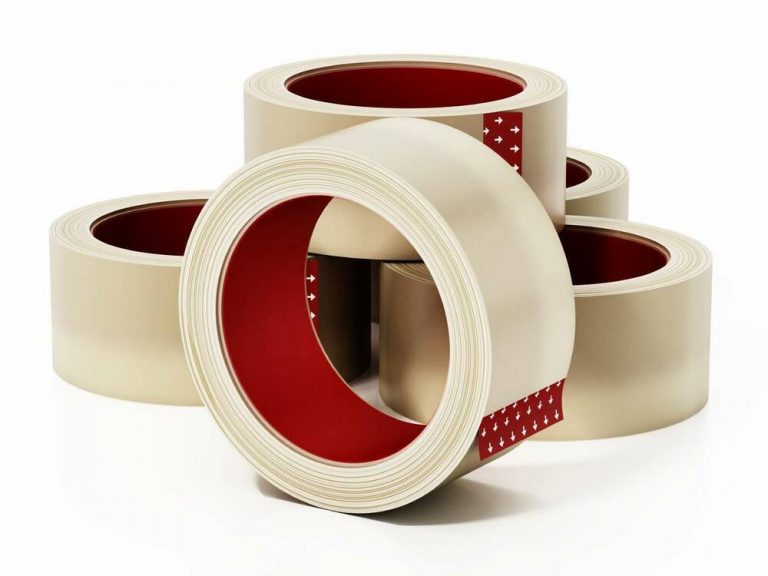
If you need to cover up a hole in your wall or wallpaper, consider using duct tape instead of spackle or paint. Duct tape comes in various colors and can effectively conceal any holes. Additionally, it provides an added layer of protection, making it easy to replace the tape if needed, rather than repairing the wall or wallpaper if the damage is extensive.
This solution not only covers up the hole but also helps maintain the material’s strength. It’s an excellent way to hide old holes or dents in your walls, allowing you to focus on other areas of your home. Furthermore, it can help maintain the appearance of your walls, making them look new without drawing attention to the damage.
36. Conclusion
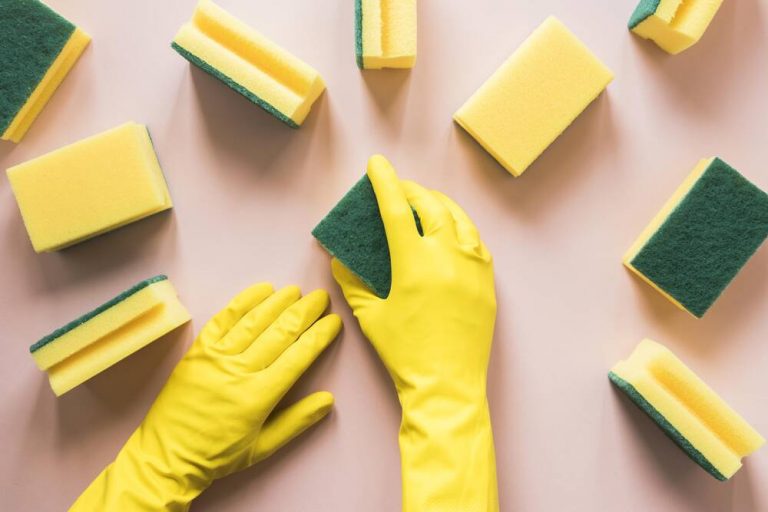
Using everyday household items to clean is a budget-friendly and environmentally-friendly way to take care of your home. However, many people don’t realize the full potential of these items and how to use them properly. By utilizing items already lying around your home, you can save money and energy. These items can be used repeatedly without wasting wood or buying expensive cleaners.
There’s no reason not to clean with everyday household items. If you’re going to care for your home, why not do it with what you already have? With just a little effort, your house will be clean, and you won’t have to worry about dirt and grime. By following these tips, you’ll gain insight into how to use household items for cleaning purposes, and you’ll discover new ways to keep your home looking great without spending a lot of money. Everyone can use these tips, and they’re easy to do on your own at home. Don’t hesitate to try these out if you’re having trouble keeping your house clean.
